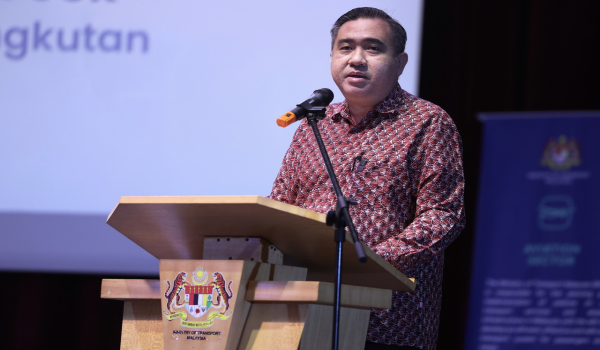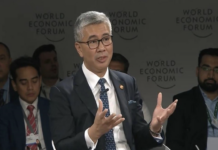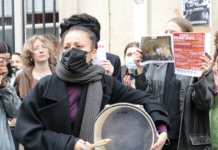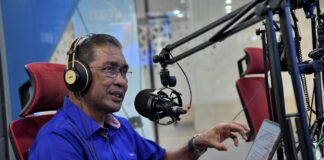KUALA LUMPUR, Dec 8 — A total of 35,994 or 72 per cent of 50,096 eligible students of public universities have submitted their applications for the RM300 digital voucher under the FLYsiswa subsidy programme, according to Transport Minister Anthony Loke.
He said 14,000 eligible students have yet to apply for the subsidy and are advised to do so before the application period closes on Dec 31.
“Universiti Teknologi MARA has the highest number of students benefitting from the programme at 7,791 followed by Universiti Malaysia Sabah (6,280), Universiti Malaysia Sarawak (4,975), Universiti Pendidikan Sultan Idris (4,780) and Universiti Malaya (2,267).”
Loke said this at the launch of the FLYsiswa programme by Deputy Prime Minister Datuk Seri Fadillah Yusof at Universiti Malaya here today.
Also present was Works Minister Datuk Seri Alexander Nanta Linggi.
In his opening speech, Loke also suggested that students plan their journey well so that they can fully utilise the FLYsiswa subsidy, which has now been extended to students from polytechnics, Teacher Education Institutes, and matriculation colleges.
“The RM300 is not necessarily spent on just one ticket. If a ticket costs only RM150, the remaining balance can be used for the next ticket. The mechanism is very simple,” he said.
He said his ministry is also exploring options to increase the amount of the initiative and expand the assistance to students in private universities, but it would depend on the government’s fiscal situation, taking into account the number of students to be accommodated.
He said FLYsiswa is one of the government’s initiatives to alleviate the travel costs borne by students.
Launched on Aug 15, the FLYsiswa subsidy is given in the form of a credit shell, a RM300 digital voucher redeemable for the purchase of flight tickets for domestic routes between Peninsular Malaysia, Sabah, Sarawak and Labuan.
Prime Minister Datuk Seri Anwar Ibrahim when tabling Budget 2024 announced that the subsidy for flight ticket purchases would continue next year, benefiting nearly 60,000 students.



















